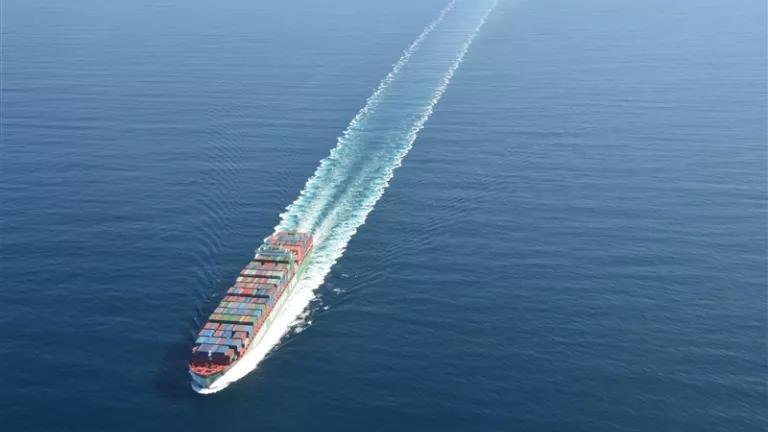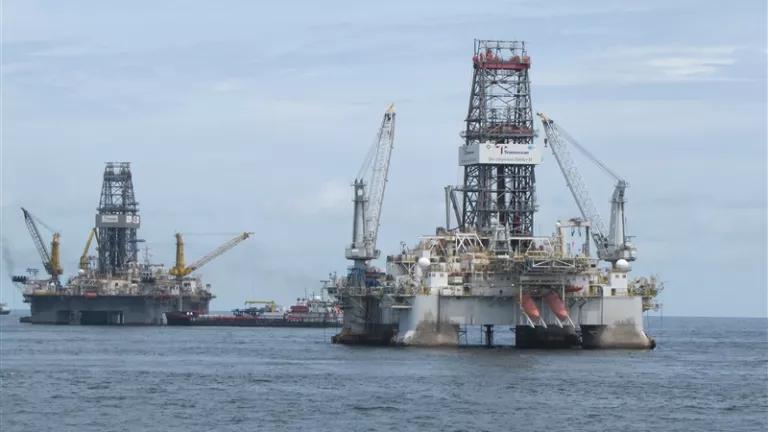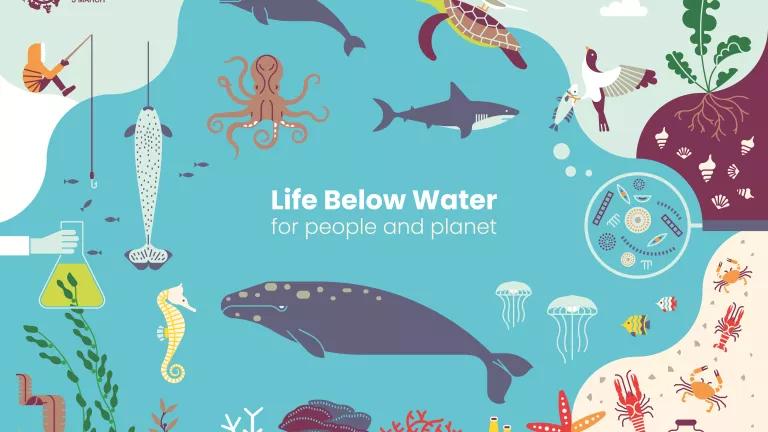Why We Need to Protect 30 Percent of America’s Ocean by 2030
A new fact sheet "Resilient Seas: Why We Need to Protect 30 Percent of America's Ocean by 2030" outlines the challenges facing our ocean.
The ocean provides us with so much, but is under tremendous strain. For decades, the ocean has helped mitigate climate change’s worst impacts—absorbing much of the heat caused by global warming. Now, warmer and more acidic than ever before, ocean conditions are driving marine life to search for cooler waters, helping fuel harmful algal blooms, and destroying important habitats like coral reefs.
NRDC has developed a fact sheet outlining the challenges facing our ocean, particularly here in the U.S. The bottom line: America must take real and immediate action to help our ocean.
Scientists are calling for the protection of at least 30 percent of the world’s lands, inland waters, and ocean areas by 2030 (“30x30”) to help safeguard our air and water quality, protect our food supply and health, and prevent mass wildlife extinctions. The U.S. must adopt and lead in the advancement of this global goal—and that means protecting our ocean heritage here at home.
The strongest marine protected areas are like the ocean’s equivalent of a Grand Canyon or Yellowstone National Park. They are a down payment for our future. Fully and highly protected marine areas allow ocean life to recover and thrive without additional pressures of extractive uses like commercial fishing and oil gas drilling. These strong protections are what’s needed to help ecosystems withstand and bounce back from disturbances and adapt to climate change.
Currently, the U.S. already fully or highly protects roughly 23 percent of ocean areas. But these areas are almost entirely in the western Pacific and northwestern Hawaii, leaving unique, biologically rich, and highly vulnerable areas off the continental U.S. coasts unprotected. We should look to reach our 30 percent target by protecting a wide array of habitats to provide safe havens for all of our marine life. Ultimately, protected areas should represent the diversity of America’s marine ecosystems.
Determining which areas to designate as marine protected areas will require a science-based assessment and a public engagement process providing for input of states, affected stakeholder communities, and the involvement of tribal and local communities.
30x30 isn’t about giving up on fisheries management. America’s fisheries have the best management record in the world, but fisheries management tools alone cannot protect biodiversity and the important benefits that it provides, such as raw materials for medicines, carbon storage to mitigate climate change, and nutrient cycling. We need to use all the tools we have to protect ocean life—we can’t let up on sustainable ocean management of the remaining 70 percent of the ocean.
It’s ambitious, but we no longer have the luxury to wait and solve one crisis at a time—we must kick our fossil fuel habit and mitigate climate change’s impacts *and* take steps now to safeguard the ocean wildlife and habitat we need and love for the future. 30x30 offers us the chance to take charge of our future ocean—and help save ourselves.





